Overview of Tomato Paste Cans: Packaging and Market Trends Introduction: In the food industry, tomato paste cans play a vital role in packaging and preserving the concentrated form of tomatoes for various culinary applications. Tomato paste is a staple ingredient in a wide range of cuisines worldwide, offering a rich and savory flavor to dishes. This summary provides an overview of tomato paste cans, their packaging features, and market trends. Packaging Features: 1. Container Material: Tomato paste cans are typically made of tin-coated steel or aluminum. These materials are chosen for their ability to maintain the integrity and freshness of the product while providing protection from light, moisture, and other external factors that could affect the quality of tomato paste. Tin-coated steel cans are more commonly used due to their low cost and durability. 2. Sizes and Shapes: Tomato paste cans come in various sizes and shapes to cater to different consumer preferences and market demands. Common sizes range from small individual portions (70-100 grams) to family-sized cans (400-800 grams). The shape of the can is usually cylindrical, making storage and stacking more convenient for manufacturers and consumers alike. 3. Lid Types: Tomato paste cans typically feature easy-to-open lids for user convenience. Some cans include pull-tab lids, which eliminate the need for a can opener, while others have twist-off lids. The choice of lid type depends on the manufacturer’s packaging design and consumer preferences. 4. Labeling and Branding: Tomato paste cans are labeled with relevant information such as product name, ingredients, nutritional facts, and manufacturer details. The labels are typically printed directly on the can or on paper labels affixed to the surface. Branding elements, such as logos and graphics, are often incorporated to enhance recognition and differentiate products in the market. Market Trends: 1. Convenience Packaging: With the rise in demand for convenience foods, manufacturers are exploring packaging solutions that cater to busy consumers. Tomato paste brands are increasingly offering single-serve pouches or small-sized cans to provide portioned options and reduce waste. These packaging formats are popular for on-the-go use and are often marketed as hassle-free alternatives. 2. Sustainable Packaging: As environmental concerns grow, many consumers are seeking sustainable packaging options. Tomato paste brands are responding to this demand by adopting eco-friendly packaging solutions. Recyclable materials, such as aluminum, are being utilized, and some manufacturers are exploring alternative packaging, such as cartons or pouches that have a lower environmental impact. Additionally, efforts are being made to reduce packaging waste by adopting more efficient can designs. 3. Product Differentiation: In a highly competitive market, tomato paste brands are focusing on product differentiation to attract consumers. This includes highlighting factors such as organic or locally sourced ingredients, no added preservatives, and premium quality. Unique flavor profiles, such as roasted or sun-dried tomatoes, are also being offered to cater to consumer preferences for distinct taste experiences.

tomato paste
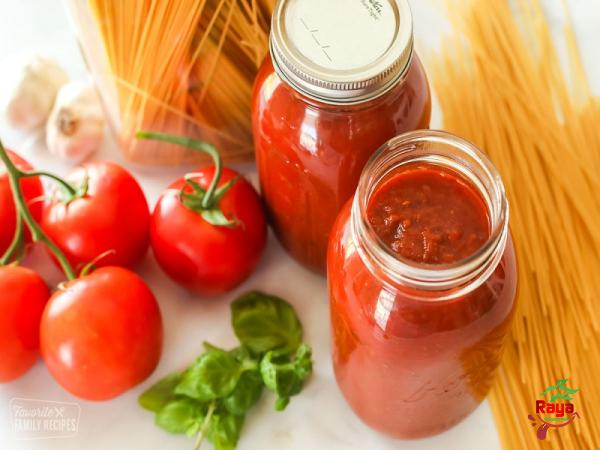 4. Export Market Expansion: Tomato paste is not only consumed locally but is also exported to various countries. As a result, manufacturers are customizing their packaging to meet international standards and regulations. This includes multilingual labeling, barcodes, and specific packaging requirements for different markets. Conclusion: Tomato paste cans are a convenient and popular packaging option for preserving and delivering concentrated tomato flavors to consumers. The packaging features, including container material, sizes, and lid types, ensure product freshness and usability. Market trends such as convenience packaging, sustainability, product differentiation, and export market expansion are driving innovations in tomato paste can packaging. By understanding these trends, brands can cater to evolving consumer demands and gain a competitive edge in the market.Title: Tomato Paste Cans: Packaging Innovations and Market Dynamics Introduction: Tomato paste cans have become an essential part of the food industry, providing a convenient and cost-effective solution for preserving concentrated tomato flavors. In this article, we delve deeper into the business aspects surrounding tomato paste cans, covering packaging innovations and market dynamics that shape the industry. 1. Evolving Consumer Preferences: Consumer demand for healthier and more sustainable food options has influenced the tomato paste can market. Health-conscious consumers seek products with no additives or preservatives, prompting manufacturers to develop all-natural or organic tomato paste varieties. Additionally, as sustainability gains traction, brands are exploring eco-friendly packaging materials and techniques to reduce their environmental footprint. 2. Innovative Packaging Designs: To differentiate their products in a competitive market, manufacturers are focusing on package design and functionality. Some tomato paste cans feature resealable lids that allow consumers to preserve unused portions for longer periods, improving convenience and reducing waste. Others are exploring easy-to-pour spout designs or squeeze tubes for controlled dispensing. These innovative packaging designs enhance user experience while maintaining product freshness.
4. Export Market Expansion: Tomato paste is not only consumed locally but is also exported to various countries. As a result, manufacturers are customizing their packaging to meet international standards and regulations. This includes multilingual labeling, barcodes, and specific packaging requirements for different markets. Conclusion: Tomato paste cans are a convenient and popular packaging option for preserving and delivering concentrated tomato flavors to consumers. The packaging features, including container material, sizes, and lid types, ensure product freshness and usability. Market trends such as convenience packaging, sustainability, product differentiation, and export market expansion are driving innovations in tomato paste can packaging. By understanding these trends, brands can cater to evolving consumer demands and gain a competitive edge in the market.Title: Tomato Paste Cans: Packaging Innovations and Market Dynamics Introduction: Tomato paste cans have become an essential part of the food industry, providing a convenient and cost-effective solution for preserving concentrated tomato flavors. In this article, we delve deeper into the business aspects surrounding tomato paste cans, covering packaging innovations and market dynamics that shape the industry. 1. Evolving Consumer Preferences: Consumer demand for healthier and more sustainable food options has influenced the tomato paste can market. Health-conscious consumers seek products with no additives or preservatives, prompting manufacturers to develop all-natural or organic tomato paste varieties. Additionally, as sustainability gains traction, brands are exploring eco-friendly packaging materials and techniques to reduce their environmental footprint. 2. Innovative Packaging Designs: To differentiate their products in a competitive market, manufacturers are focusing on package design and functionality. Some tomato paste cans feature resealable lids that allow consumers to preserve unused portions for longer periods, improving convenience and reducing waste. Others are exploring easy-to-pour spout designs or squeeze tubes for controlled dispensing. These innovative packaging designs enhance user experience while maintaining product freshness.
Specifications of tomato paste
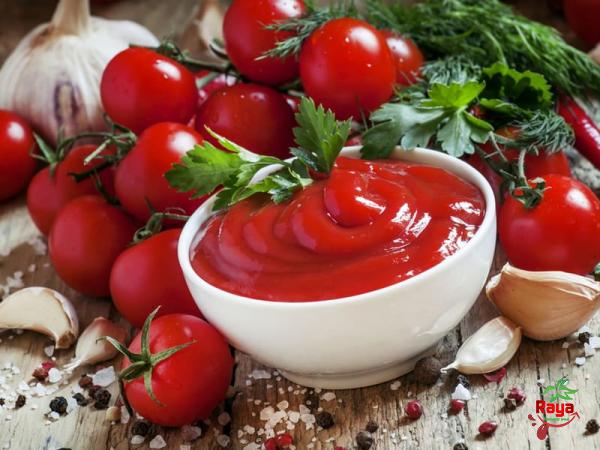 3. Shelf Stability: Shelf stability is a key factor in the packaging of tomato paste cans. The canning process involves heating the tomato paste to kill bacteria and other microorganisms, ensuring its preservation without the need for artificial preservatives. By choosing appropriate packaging materials and sealing techniques, manufacturers can extend the shelf life of their products, making them attractive to retailers and consumers. 4. Supply Chain Efficiency: Efficient supply chain management is critical for tomato paste can manufacturers. The industry relies heavily on tomato growers and processors, who need to carefully harvest and process tomatoes at their peak to ensure quality and flavor. Tomato paste is then transported to canning facilities for packaging and distribution. To ensure product freshness and minimize spoilage, manufacturers work closely with their supply chain partners to optimize logistics and reduce transit times. 5. Pricing Strategies: Price is a significant consideration for both manufacturers and consumers in the tomato paste can market. The cost of packaging materials, labor, transportation, and advertising affects the final pricing. Manufacturers must strike a balance between offering competitive prices that meet consumer expectations while ensuring profitability. As a result, pricing strategies may vary based on factors such as brand reputation, product quality, and market positioning. 6. Global Market Trends: The global demand for tomato paste and its cans has been steadily increasing. Some regions, such as the Mediterranean, have a long-standing tradition of using tomato paste in their cuisines, contributing to a stable local market. However, emerging markets, particularly in Asia and Africa, are witnessing a surge in consumption due to the rising popularity of global cuisines. Manufacturers are capitalizing on these trends by expanding their distribution networks and targeting new market segments. 7. Private Label Brands: Private label brands, also known as store brands or house brands, have gained prominence in the tomato paste can market. Retailers are recognizing the potential for higher profit margins by offering their own branded tomato paste cans instead of relying solely on traditional national brands. These private label products often compete on price, providing consumers with a more affordable option without compromising on quality. 8. Technological Advancements: Advancements in packaging technology have contributed to improved product quality and increased efficiency in the tomato paste can industry. Automated canning lines equipped with state-of-the-art machinery can handle high-volume production, ensuring consistent quality and reducing labor costs. Additionally, advanced packaging materials, such as BPA-free cans and recyclable packaging, are gaining traction due to environmentally-conscious consumer demands.
3. Shelf Stability: Shelf stability is a key factor in the packaging of tomato paste cans. The canning process involves heating the tomato paste to kill bacteria and other microorganisms, ensuring its preservation without the need for artificial preservatives. By choosing appropriate packaging materials and sealing techniques, manufacturers can extend the shelf life of their products, making them attractive to retailers and consumers. 4. Supply Chain Efficiency: Efficient supply chain management is critical for tomato paste can manufacturers. The industry relies heavily on tomato growers and processors, who need to carefully harvest and process tomatoes at their peak to ensure quality and flavor. Tomato paste is then transported to canning facilities for packaging and distribution. To ensure product freshness and minimize spoilage, manufacturers work closely with their supply chain partners to optimize logistics and reduce transit times. 5. Pricing Strategies: Price is a significant consideration for both manufacturers and consumers in the tomato paste can market. The cost of packaging materials, labor, transportation, and advertising affects the final pricing. Manufacturers must strike a balance between offering competitive prices that meet consumer expectations while ensuring profitability. As a result, pricing strategies may vary based on factors such as brand reputation, product quality, and market positioning. 6. Global Market Trends: The global demand for tomato paste and its cans has been steadily increasing. Some regions, such as the Mediterranean, have a long-standing tradition of using tomato paste in their cuisines, contributing to a stable local market. However, emerging markets, particularly in Asia and Africa, are witnessing a surge in consumption due to the rising popularity of global cuisines. Manufacturers are capitalizing on these trends by expanding their distribution networks and targeting new market segments. 7. Private Label Brands: Private label brands, also known as store brands or house brands, have gained prominence in the tomato paste can market. Retailers are recognizing the potential for higher profit margins by offering their own branded tomato paste cans instead of relying solely on traditional national brands. These private label products often compete on price, providing consumers with a more affordable option without compromising on quality. 8. Technological Advancements: Advancements in packaging technology have contributed to improved product quality and increased efficiency in the tomato paste can industry. Automated canning lines equipped with state-of-the-art machinery can handle high-volume production, ensuring consistent quality and reducing labor costs. Additionally, advanced packaging materials, such as BPA-free cans and recyclable packaging, are gaining traction due to environmentally-conscious consumer demands.
buy tomato paste
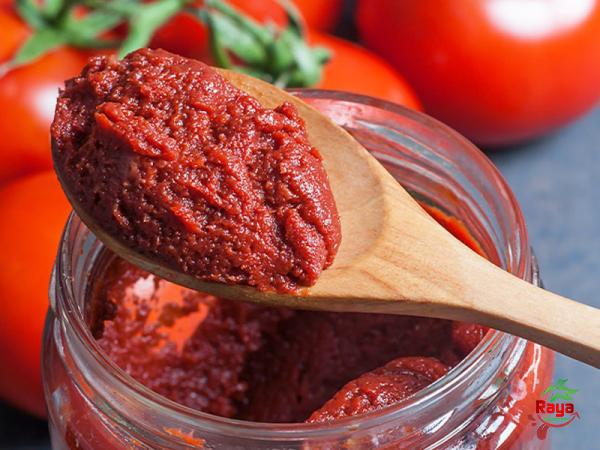 9. Branding and Marketing Strategies: Effective branding and marketing strategies are critical for success in the competitive tomato paste can market. Packaging plays a significant role in brand differentiation, with attractive designs and clear labeling communicating product attributes and quality. Market leaders invest in advertising campaigns, social media presence, and collaborations with renowned chefs or food influencers to build brand awareness and loyalty. 10. Regulatory Compliance: Manufacturers of tomato paste cans must adhere to strict regulations governing food safety and labeling. Government agencies set guidelines for ingredients, nutrition information, allergen warnings, and country-specific requirements. Compliance with these regulations is crucial to ensure consumer safety and avoid penalties or product recalls that could harm a brand’s reputation. Conclusion: Tomato paste cans are an integral part of the food industry, providing convenient and long-lasting preservation of concentrated tomato flavors. With evolving consumer preferences for healthier and sustainable food options, manufacturers are adopting innovative packaging designs and eco-friendly materials. Supply chain efficiency, pricing strategies, global market trends, private label brands, technological advancements, branding strategies, and regulatory compliance all play vital roles in shaping the tomato paste can industry. By understanding these dynamics, businesses can adapt their strategies to remain competitive and meet the ever-changing demands of consumers worldwide.
9. Branding and Marketing Strategies: Effective branding and marketing strategies are critical for success in the competitive tomato paste can market. Packaging plays a significant role in brand differentiation, with attractive designs and clear labeling communicating product attributes and quality. Market leaders invest in advertising campaigns, social media presence, and collaborations with renowned chefs or food influencers to build brand awareness and loyalty. 10. Regulatory Compliance: Manufacturers of tomato paste cans must adhere to strict regulations governing food safety and labeling. Government agencies set guidelines for ingredients, nutrition information, allergen warnings, and country-specific requirements. Compliance with these regulations is crucial to ensure consumer safety and avoid penalties or product recalls that could harm a brand’s reputation. Conclusion: Tomato paste cans are an integral part of the food industry, providing convenient and long-lasting preservation of concentrated tomato flavors. With evolving consumer preferences for healthier and sustainable food options, manufacturers are adopting innovative packaging designs and eco-friendly materials. Supply chain efficiency, pricing strategies, global market trends, private label brands, technological advancements, branding strategies, and regulatory compliance all play vital roles in shaping the tomato paste can industry. By understanding these dynamics, businesses can adapt their strategies to remain competitive and meet the ever-changing demands of consumers worldwide.

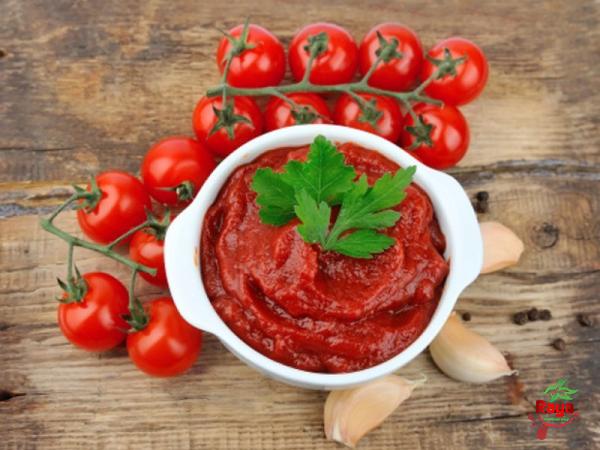



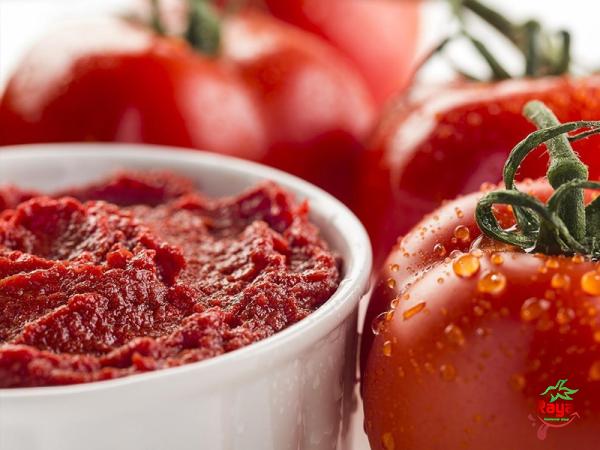


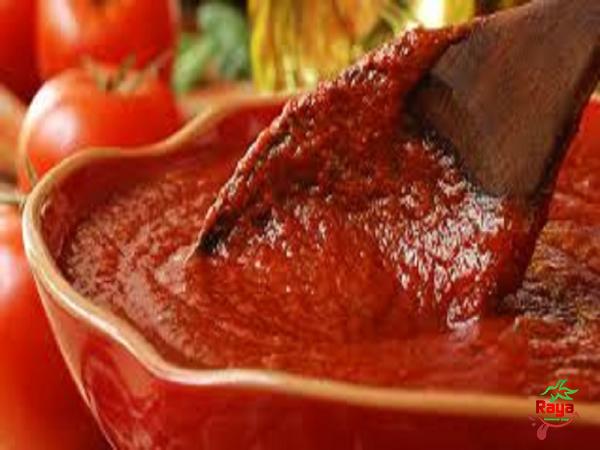
Your comment submitted.